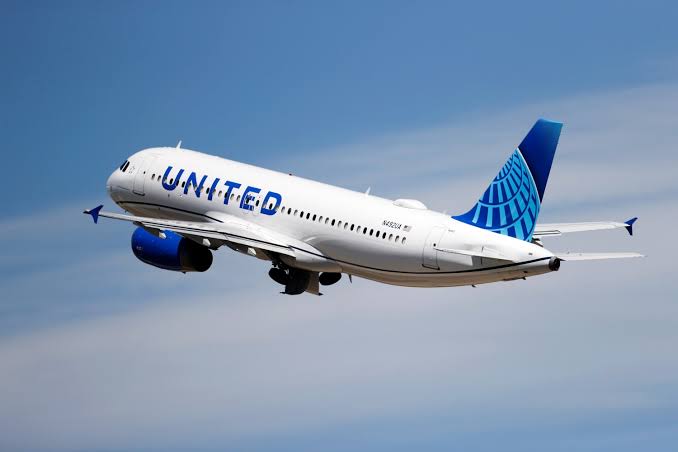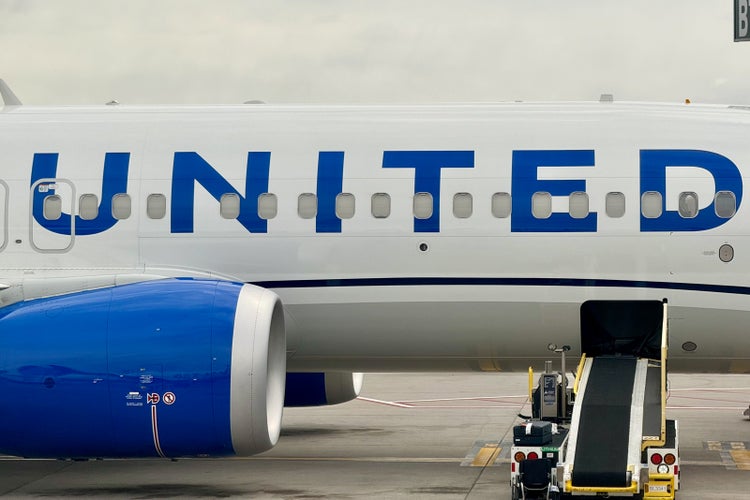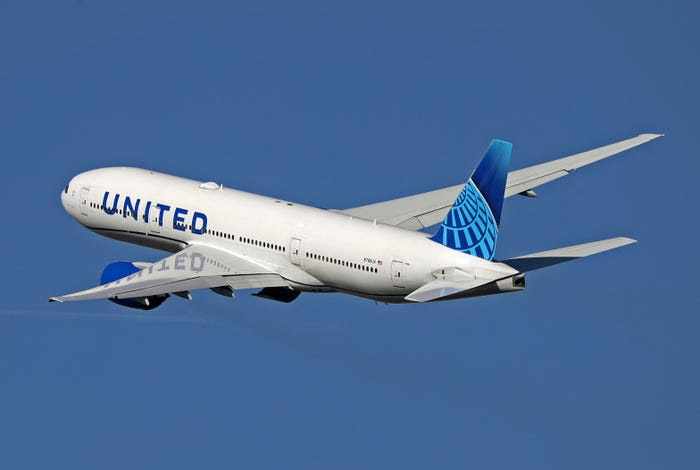United Airlines Unveils New Boarding Process Amid Growing Passenger Discontent
United Airlines recently unveiled a new boarding process, a move that comes amid growing passenger discontent over various aspects of air travel. The changes, designed to streamline the boarding experience, are part of the airline’s broader efforts to address increasing frustrations among travelers, particularly around delays, overcrowding, and the overall efficiency of getting on and off the plane. The airline’s decision to rethink its boarding process is a response to the evolving expectations of passengers, who are more vocal than ever about their dissatisfaction with current air travel experiences.
Background and Context
The need for a revised boarding process at United Airlines has been brewing for some time. Over the past few years, the airline industry has seen a significant increase in passenger numbers, leading to more crowded flights and longer boarding times. These issues have been exacerbated by the ongoing recovery from the COVID-19 pandemic, which has brought a renewed focus on health, safety, and efficiency in air travel. For United Airlines, the combination of these factors has resulted in growing complaints from passengers about the boarding process, particularly regarding the lack of organization and the time it takes to get everyone seated.
Passenger discontent has also been fueled by other frustrations, such as delays caused by overbooking, last-minute gate changes, and the chaotic nature of boarding when multiple groups are called at once. In addition, the increasing prevalence of carry-on baggage due to rising checked baggage fees has added to the congestion, with many passengers vying for limited overhead bin space. These issues have contributed to a sense of dissatisfaction that United Airlines could no longer ignore.
The New Boarding Process
United Airlines’ new boarding process is a significant shift from its previous methods. Traditionally, the airline used a group-based boarding system, where passengers were divided into several groups based on factors such as frequent flyer status, ticket class, and seating location within the aircraft. This system, while straightforward in theory, often led to confusion and frustration among passengers, particularly when groups were called too close together, resulting in long lines and bottlenecks at the gate.
The new boarding process, which United has dubbed “Waves,” aims to simplify and improve this experience. Instead of calling passengers by group numbers, the airline will now board passengers in waves based on seat location and ticket type. The first wave will include passengers with special needs, families with young children, and those in first class or business class. The second wave will consist of passengers seated in the rear of the aircraft, while the third wave will include those in the middle section. The final wave will be for passengers seated in the front of the plane, as well as those with basic economy tickets.
One of the key features of the “Waves” system is that it is designed to reduce congestion in the aisles and speed up the overall boarding process. By boarding passengers from the back of the plane to the front, United hopes to minimize the need for passengers to squeeze past each other while finding their seats. This approach also aims to address the issue of overhead bin space by encouraging passengers to store their carry-on bags above their own seats, rather than farther forward in the cabin.
Passenger Reactions and Concerns
As with any significant change in air travel procedures, United Airlines’ new boarding process has received mixed reactions from passengers. On the one hand, many travelers have expressed optimism about the potential for a smoother, more organized boarding experience. The idea of boarding by seat location, rather than by arbitrary group numbers, has been praised for its logical approach and its potential to reduce congestion and delays.
However, not all passengers are convinced that the new process will deliver the promised improvements. Some have raised concerns that the “Waves” system could lead to longer boarding times if passengers are not ready when their wave is called, or if there is confusion about which wave they belong to. Others worry that the new system may still suffer from the same issues as the old group-based system, such as bottlenecks caused by passengers with large carry-on bags or those who need extra time to settle into their seats.
There is also skepticism about whether the new process will address the underlying issues that contribute to passenger discontent. For example, some passengers feel that the root of the problem lies not in the boarding process itself, but in the overbooking of flights and the lack of available overhead bin space. Unless these issues are addressed, they argue, any changes to the boarding process will be little more than a temporary fix.
Impact on United Airlines and the Industry
For United Airlines, the introduction of the new boarding process represents a significant step in its efforts to improve customer satisfaction and regain passenger trust. The airline has been under pressure in recent years to enhance its service offerings and address the growing concerns of its customers. By rolling out the “Waves” system, United is signaling its commitment to making air travel a more pleasant and efficient experience for its passengers.
If successful, the new boarding process could set a precedent for other airlines to follow. The challenges associated with boarding are not unique to United, and many of the issues that have frustrated its passengers are shared across the industry. As such, other airlines may look to United’s “Waves” system as a potential model for improving their own boarding procedures.
However, the success of United’s new boarding process will ultimately depend on how well it is implemented and received by passengers. If the system is able to deliver on its promises of reduced congestion and faster boarding times, it could become a standard practice in the industry. On the other hand, if the new process fails to address the core issues that have led to passenger discontent, it may be seen as just another ineffective attempt to solve a long-standing problem.
Looking Ahead
As United Airlines moves forward with its new boarding process, the airline will need to closely monitor its effectiveness and make adjustments as necessary. The success of the “Waves” system will depend not only on the logistics of the process itself but also on how well it is communicated to passengers. Clear signage, announcements, and staff guidance will be crucial in ensuring that passengers understand the new process and know when and where to board.
In addition to refining the boarding process, United Airlines may also need to consider other measures to address passenger discontent. This could include reevaluating its policies on carry-on baggage, improving the availability of overhead bin space, and finding ways to reduce the overall stress of air travel. By taking a holistic approach to customer satisfaction, United can work towards creating a more positive experience for its passengers from start to finish.
Ultimately, the introduction of the new boarding process is a reflection of the evolving landscape of air travel. As passenger expectations continue to change, airlines like United will need to adapt and innovate to stay competitive and meet the needs of their customers. Whether the “Waves” system will be the solution that passengers have been waiting for remains to be seen, but it is clear that United Airlines is taking steps to address the concerns of its travelers and improve the boarding experience for all.






